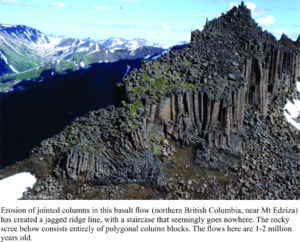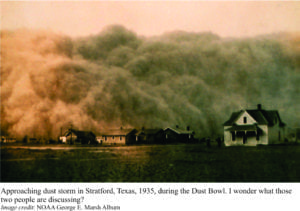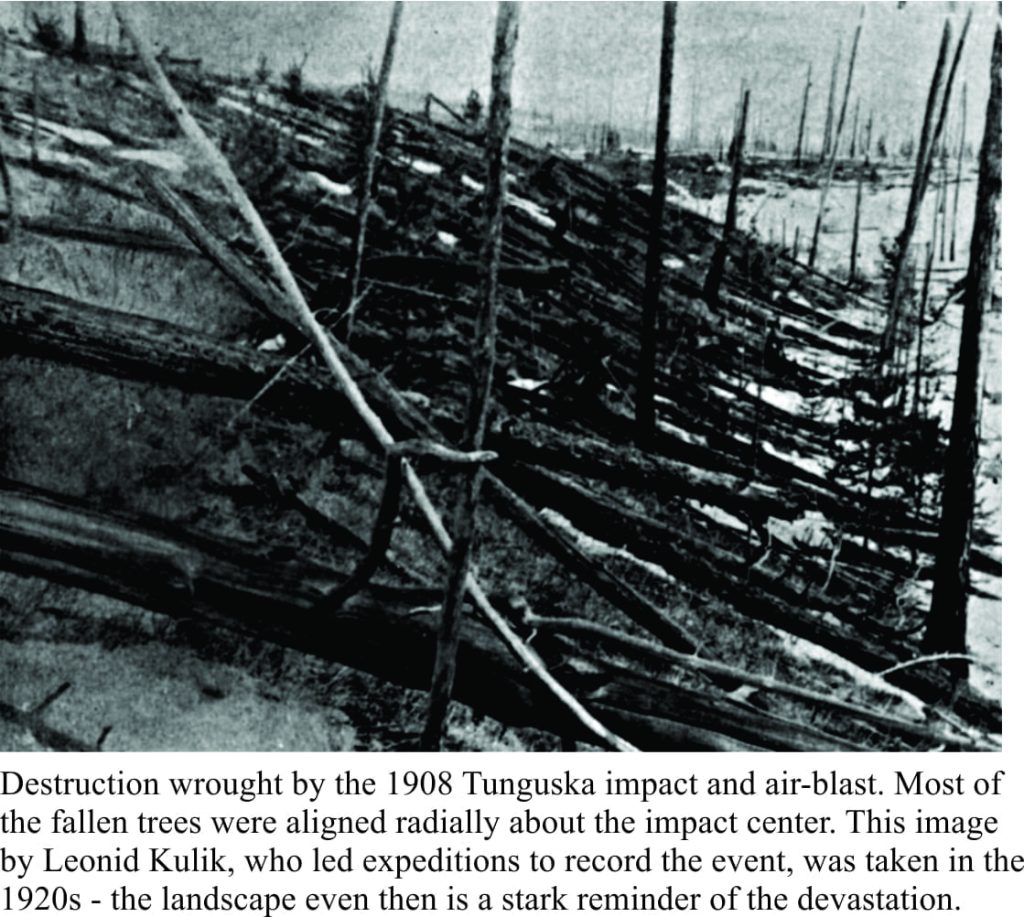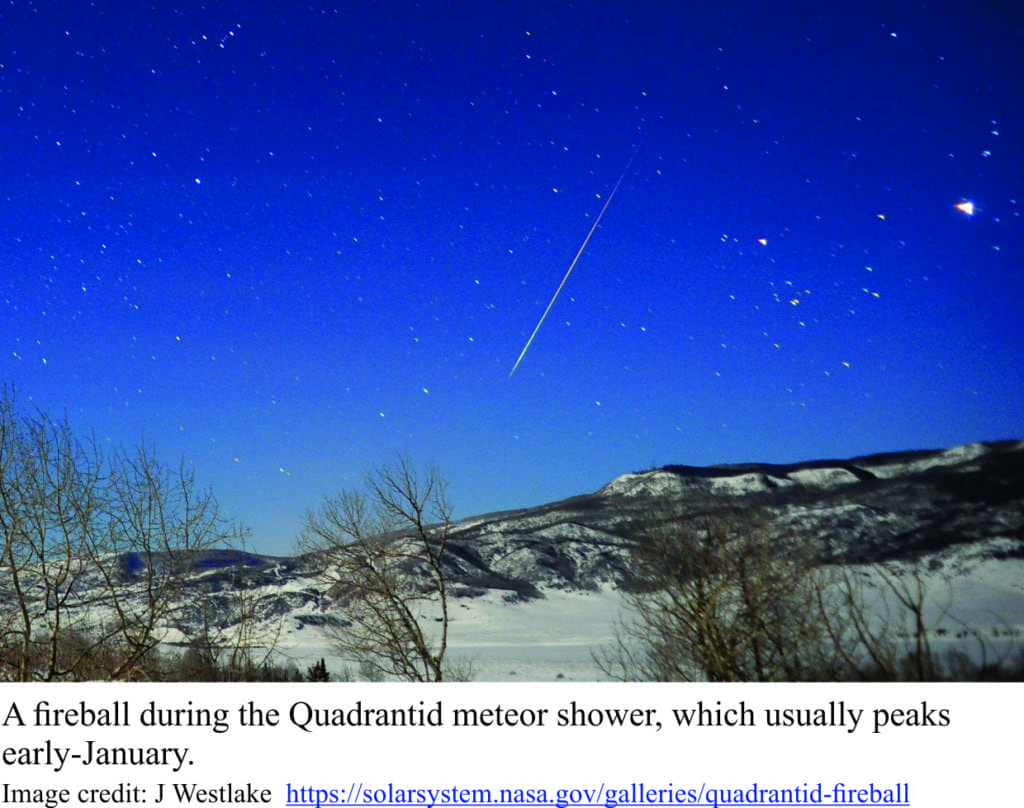Saturday August 8, 1829, Felix Mendelssohn and his traveling companion Karl Klingemann, took a boat trip to Fingal’s Cave, the entrance to a world beneath Staffa, an inconspicuous dot on the edge of the Atlantic. Staffa is part of the Hebrides Archipelago, west Scotland. Celtic legend called it Uahm Binn, ‘The Cave of Melody’, that in story was part of a bridge extending to the iconic Giant’s Causeway in County Antrim (Northern Ireland). The Celtic name is apt; Atlantic swells echoing countless songs. Klingemann later wrote “Fingal’s Cave…its many pillars making it look like the inside of an immense organ, black and resounding, and absolutely without purpose, and quite alone, the wide grey sea within and without.”. Continue reading
Monthly Archives: October 2017
Dirt; Soil degradation is a global problem we inflict on ourselves
The media loves hyperbole. In some ways they remind me of ‘The end is nigh’ cartoon guy. This week (Oct 16, 2017) it’s ‘Ecological Armageddon’, a kind of end-of-the-world announcement that is founded on what looks like a drastic reduction in the insect biomass in parts of Germany; 75% of insects have disappeared since 1989. I don’t mean to trivialise these alarming reports, because if it turns out to be a phenomenon of more global extent (the collapse of bee colonies does not augur well), then the ramifications for activities like food production could be dire. The report’s authors note that the cause of this reduction is not yet understood, a sensible comment based on the limited scope of their study (the paper is Open Access). But their caution has not stifled speculation and hyperbole.
The demise of insects segues into the topic of this blog; the alarming rate at which soils, globally, are being degraded. There is a symbiotic relationship between soils and insects, linked primarily to the vital role both play in vegetation productivity. Continue reading
Near Earth Objects; the database designed to save humanity
The media love natural disasters, even those that don’t exist. Last week (early October, 2017), dramatic footage of a (simulated) super-volcano eruption beneath Auckland city was aired by several international media outlets, with headlines announcing the city’s calamitous destruction. But there is no super-volcano beneath Auckland. The excitement was short-lived. While Auckland smouldered (as if that wasn’t enough), it was announced that New Zealand’s North Island could experience a subduction zone earthquake that, in its aftermath, would leave 1000s dead. An interesting backdrop to New Zealand’s recent election. Having scared the local population to death, our purveyors of science moved on to the next concern; other “what ifs…”.
Asteroid impacts are no longer de rigueur; perhaps it’s the turn of super-volcanoes’, or because NASA and the European Space Agency (ESA) have stated, with some confidence, that no large impacts are expected within the next 100 years. And whereas the media may find this Continue reading
The origin of life: Panspermia, meteorites, and a bit of luck
In the opening scenes of Stanley Kubrick’s 2001 Space Odyssey (1968), Neanderthal-like folk are scrounging for food, squabbling with a neighbouring tribe who are intent on competing for the meagre lickings (a reactionary condition that would not bode well for future humanity). One of them picks up a large bone. There’s instant recognition, seemingly influenced by a black obelisk that appears mysteriously, that it can be used for something else. His neighbour lies in a crumpled heap. In what has become an enduring Sci-fi image, he triumphantly hurls his weapon into the air, whereupon Kubrick transforms it into an orbiting space station. Continue reading
Class 5; The Toba eruption – how a super volcano almost stopped humanity in its tracks
Toba Lake, in northern Sumatra, occupies the ancient Toba caldera. One of its outlets, the Asahan River, is the site of some spectacular white-water, a kayaker’s delight. For anyone willing to run the river, spare a thought for your early human ancestors, who it seems, were lucky to survive the aftermath of a cataclysmic super volcanic eruption 74,000 years ago. Be thankful that they did. Continue reading





